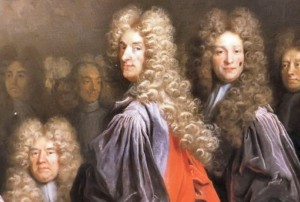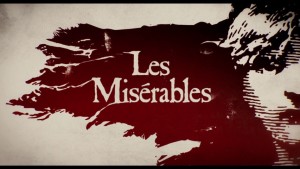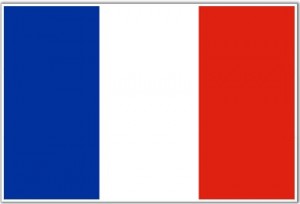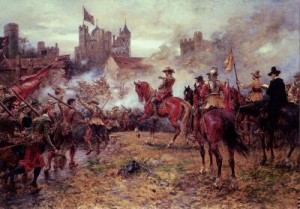Our class decided to venture to Cuba, a new country with rich history. Unfortunately, I was one of the 10 students who decided to stay home. It was a missed opportunity, but at least I didn’t miss two weeks of school. While half of our class was gone, learning all about Cuban history, we were takes with furthering our knowledge on the Iranian revolution. 
We had to do a lot of our learning ourselves, diving deeper into the topic and using the information we found to create a book. Our remaining class was divided into five groups of two in which we had to create a chapter of a book explaining everything we knew about a specific topic, using one of the six historical lenses we had previously learned about. My group was given the lens of ethical judgement to explain the shift in supreme leaders during the revolution.
Research was fairly easy, as was piecing together our knowledge into writing for the book. The challenge was finding someone willing to be interviewed about the topic. It seems to my finding, as well as the other groups, that the Iranians who experienced the revolution were too scared to talk about it. The people we found that were open to talking were not allowing us to disclose any personal information about them, including their identity. I found a man, who knows my mom, that was willing to give us his story about the revolution as he lived their as a child. We only have written information form him as he did not want even his voice to be used since we knew this book would be publicly published. 
The stories this man told me were unbelievable. His family went through many terrors because they did not agree with the new rules of Ayatollah Ruhollah Khomeini. I explained a few of them in our chapter of the book linked at the bottom.
When we first created the book, every group had very different looking chapters. We had to all work together as a larger group to create a common theme. Overall, I think the look, design, ad layout of the book as a whole look amazing and flow nicely. However, having to complete revamp my chapter was a little time consuming, but I got it done. Below I have linked my chapter of the book.
Working in partners is not always the best idea. Especially when your partner does no work. If you’ve noticed I keep saying “I did” and “Me”. This is because I have had to compete this entire chapter myself as my partner did not contribute enough. This was a major struggle for me and caused a lot of unnecessary anger from both parties as he believed he was contributing a good amount of work, and at a great quality. Below are photos of the two pages I made him contribute before I was forced to fix them as time for the project had run out.
As you can see they are unfinished and look nothing like the rest of the chapter. And surprisingly, this was his second draft of the pages after I had to explain to him what needed to be fixed. The photo on the second image is one that came with the original template, and the titles of both pages as well. It was extremely frustrating to deal, manage, and eventually have to complete the entire chapter myself due to a slacking partner. If I hadn’t have had the flu the day we picked partners, I’m sure the outcome of the project would have been a lot better, and most importantly, less frustrating.
Besides having to complete this project by myself, I actually really enjoyed creating this project. Diving deeper into a revolution and culture I had no idea about beforehand was a great experience. Also the format of this project, a book containing audio, video, and visuals was something new for our class, and for me, very fun to make. Overall, I am pretty proud of the outcome I created and hope that maybe one day I am able to use this format for a future project, (although probably not since I’ll be going to university).








